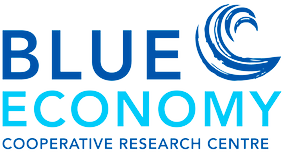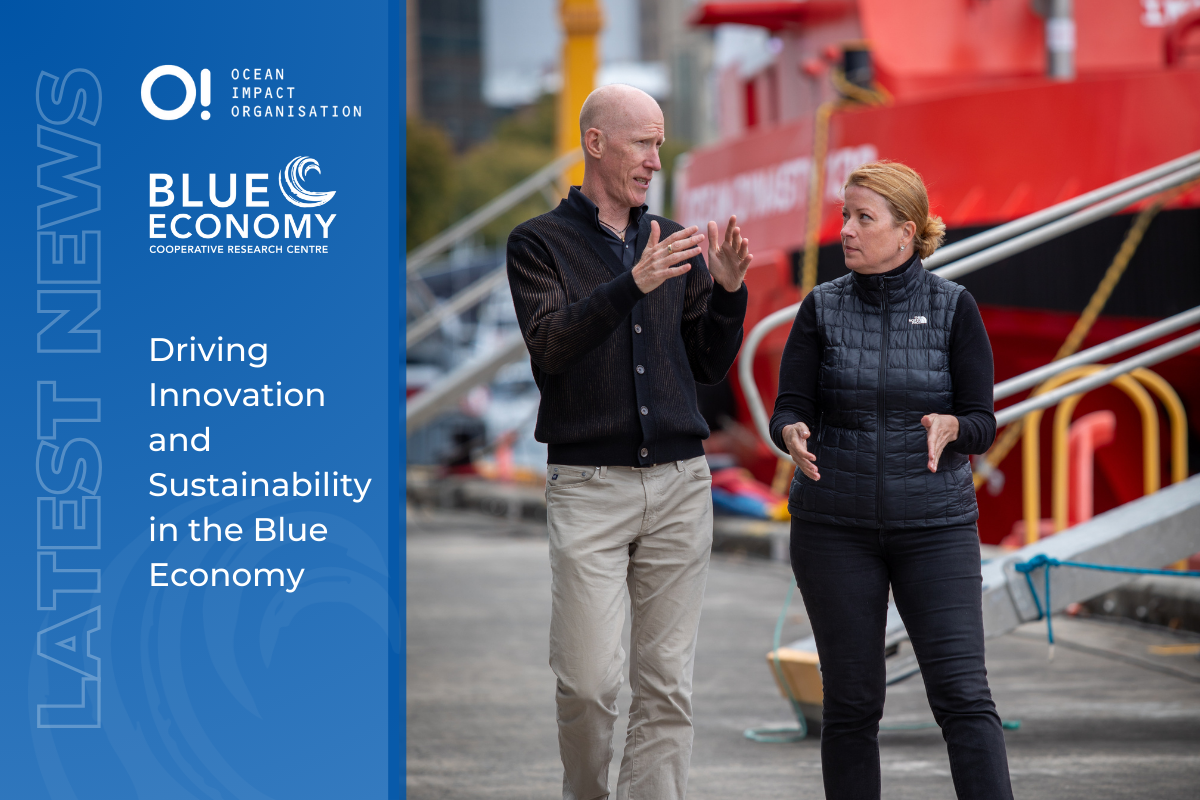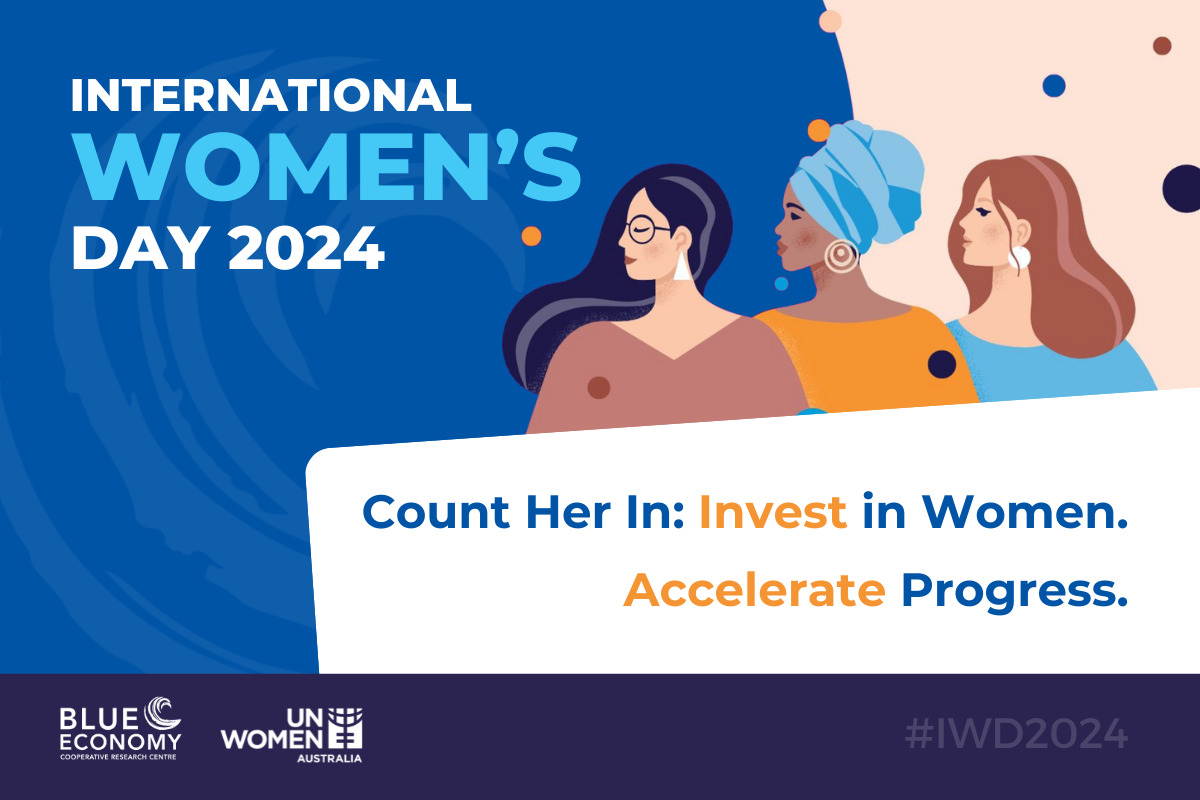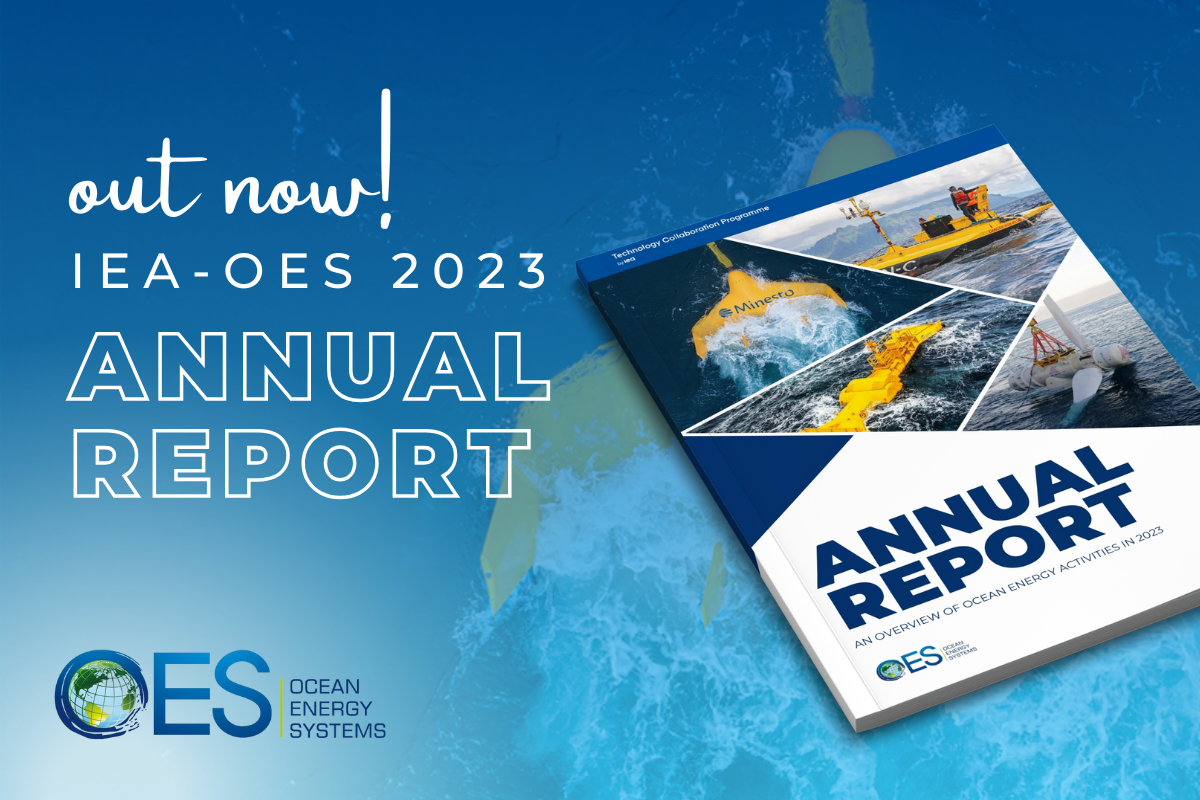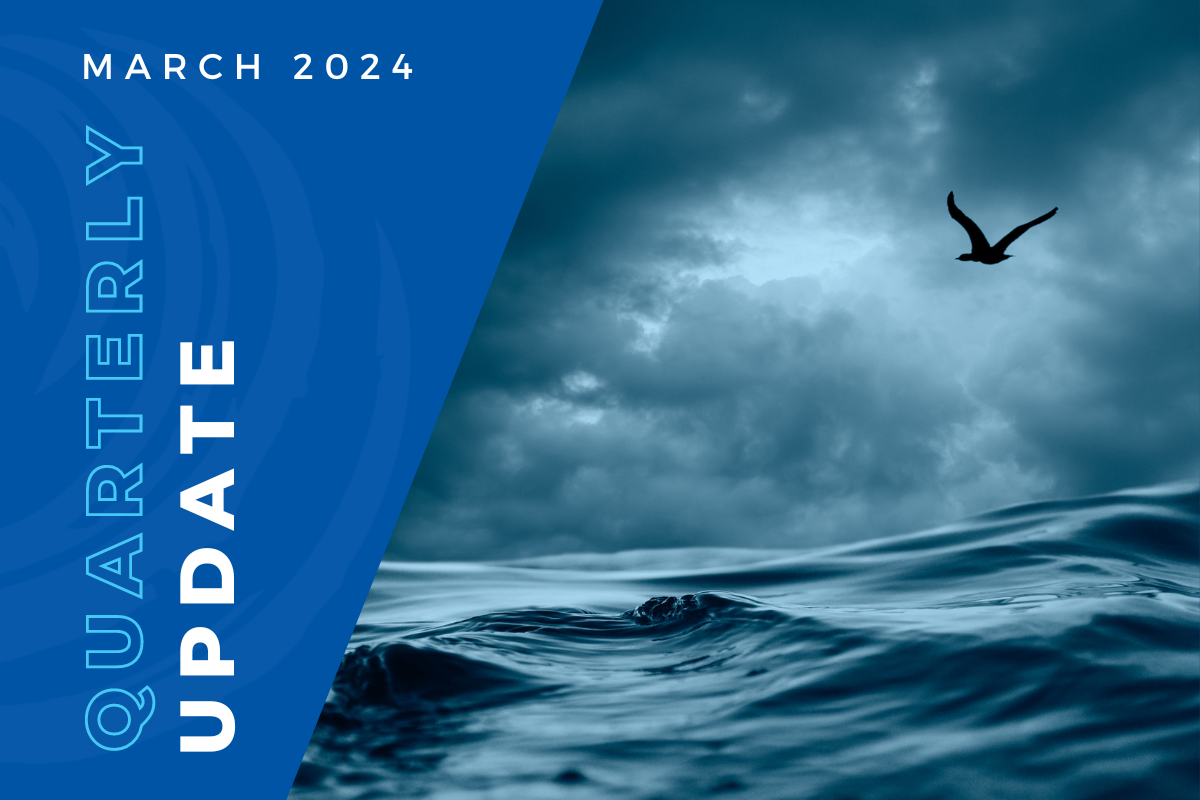-
The Blue Economy CRC echoes the key guiding principles featured in the 2017 report “The Potential for the Blue Economy”, coordinated by The World Bank Group and the United Nations Department of Economic and Social Affairs (DESA). While geared towards small-island states, it defines a sustainable blue economy as a marine-based economy that:
-
Provides social and economic benefits for current and future generations;
-
Restores, protects and maintains the diversity, productivity, resilience, core functions, and intrinsic value of marine ecosystems;
-
Is based on clean technologies, renewable energy and circular material flows.
-
-
By 2050 the world’s population will reach 9.1 billion, 34 percent higher than today. In order to feed this larger, more urban and richer population, food production (net of food used for biofuels) must increase by 70 percent (FAO, How to Feed the World in 2050).
-
Seafood forms a central role to human civilisation with Food and Agriculture Organisation estimating that around 3 billion people eat seafood as a key source of protein in their daily diet (FAO, 2014).
-
Fish farming has expanded to meet the soaring global demand for seafood. On average, each person on the planet is eating four times as much seafood as was consumed in 1950. The average per-capita consumption of farmed seafood has increased nearly 1,000 percent since 1970, in contrast to per-capita meat consumption, which grew just 60 percent (Worldwatch).
-
To meet this demand, in a world where fossil-fuel energy costs continue to spiral up, existing aquaculture practices must improve. For key products such as salmon, tuna, shrimp and crayfish, and abalone a step-change in the approach to aquaculture infrastructure, energy supply and the economics of production are in critical need.
